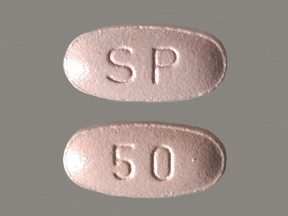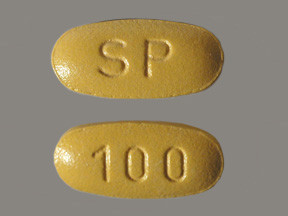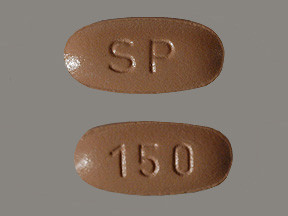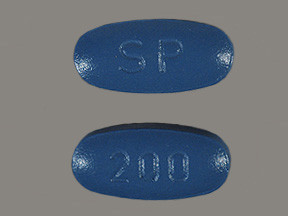LACOSAMIDE - ORAL
PHONETIC PRONUNCIATION: (la-KOE-sa-mide)
COMMON BRAND NAME(S): Vimpat
GENERIC NAME(S): lacosamide
Uses
USES: Lacosamide is used to prevent and control seizures. It is an anticonvulsant or antiepileptic drug. It works by reducing the spread of seizure activity in the brain.
How to use LACOSAMIDE - ORAL
HOW TO USE: Read the Medication Guide provided by your pharmacist before you start taking lacosamide and each time you get a refill. If you have any questions, consult your doctor or pharmacist. Take this medication by mouth as directed by your doctor, usually twice a day with or without food. If you are using the liquid form of this medication, carefully measure the dose using a special measuring device/spoon. Do not use a household spoon because you may not get the correct dose. Dosage is based on your medical condition and response to treatment. Children's dosage is also based on weight. To reduce your risk of side effects, your doctor may direct you to start this medication at a low dose and gradually increase your dose. Follow your doctor's instructions carefully. This medication works best when the amount of drug in your body is kept at a constant level. Therefore, take this drug at evenly spaced intervals. To help you remember, take it at the same times each day. Do not stop taking this medication without consulting your doctor. Seizures may become worse when the drug is suddenly stopped. Your dose may need to be gradually decreased. Consult your doctor or pharmacist for more details. Though it helps many people, this medication may sometimes cause addiction. This risk may be higher if you have a substance use disorder (such as overuse of or addiction to drugs/alcohol). Do not increase your dose, take it more often, or use it for a longer time than prescribed. Properly stop the medication when so directed. Tell your doctor right away if your seizure control worsens (such as the number of seizures increases).
Side Effects
Precautions
Interactions
Overdose
Images
Reviews
Faq for LACOSAMIDE - ORAL
Lacosamide is an oral medication primarily used to treat partial-onset seizures in patients with epilepsy.
Lacosamide works by inhibiting the abnormal activity in the brain that leads to seizures. It does this by blocking sodium channels, which are essential for the spread of electrical impulses in the brain.
Common side effects of Lacosamide include dizziness, headache, nausea, vomiting, drowsiness, double vision, and coordination problems. These side effects are usually mild and temporary.
Lacosamide should be taken exactly as prescribed by your healthcare provider. It is usually taken with or without food twice daily. It is important not to stop taking the medication abruptly, as this can increase the risk of seizures.
Lacosamide can interact with certain medications, including drugs that affect liver enzymes, such as rifampin. It is important to inform your doctor about all the medications, supplements, and herbal products you are taking to avoid any potential interactions.
The safety of using Lacosamide during pregnancy is not yet established. It is recommended to discuss the potential risks and benefits with your healthcare provider if you are pregnant or planning to become pregnant.
Lacosamide is approved for use in children aged 4 years and older with epilepsy. The dosage and safety may vary based on the child's age and weight, so it is important to follow the doctor's instructions.
If you forget to take a dose of Lacosamide, take it as soon as you remember. However, if it is already time for your next scheduled dose, skip the missed dose and continue with your regular dosing schedule. Do not double the dose to make up for the missed one.
Although rare, some individuals may experience allergic reactions to Lacosamide. Symptoms may include rash, itching, swelling, severe dizziness, or difficulty breathing. If you experience any of these symptoms, seek medical attention immediately.
Disclaimer
IMPORTANT: HOW TO USE THIS INFORMATION: This is a summary and does NOT have all possible information about this product. This information does not assure that this product is safe, effective, or appropriate for you. This information is not individual medical advice and does not substitute for the advice of your health care professional. Always ask your health care professional for complete information about this product and your specific health needs.





No Reviews Yet